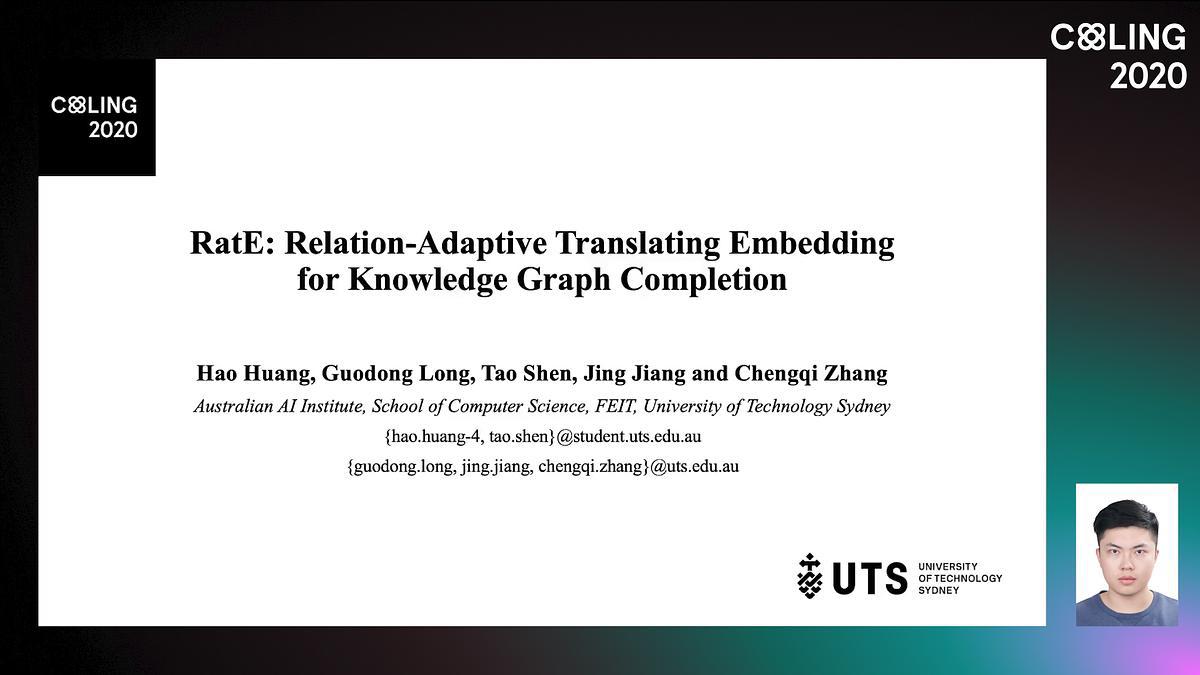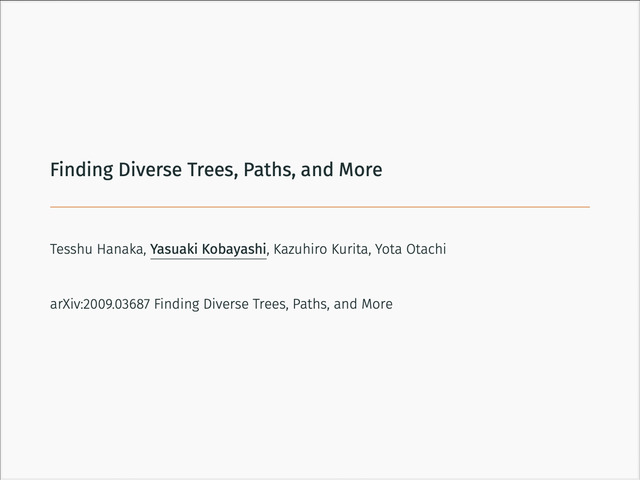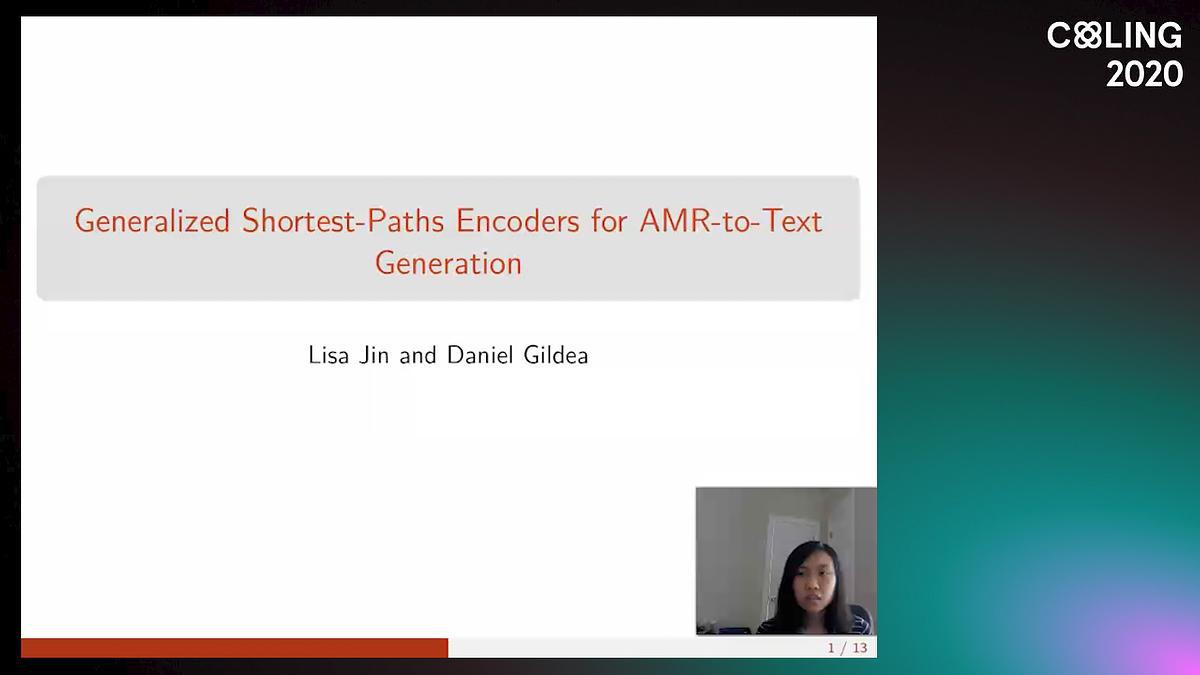Abstract:
Many program-analysis problems can be formulated as graph-reachability problems. Interleaved Dyck language reachability. Interleaved Dyck language reachability (InterDyck-reachability) is a fundamental framework to express a wide variety of program-analysis problems over edge-labeled graphs. The InterDyck language represents an intersection of multiple matched-parenthesis languages (i.e., Dyck languages). In practice, program analyses typically leverage one Dyck language to achieve context-sensitivity, and other Dyck languages to model data dependences, such as field-sensitivity and pointer references/dereferences. In the ideal case, an InterDyck-reachability framework should model multiple Dyck languages simultaneously. Unfortunately, precise InterDyck-reachability is undecidable. Any practical solution must over-approximate the exact answer. In the literature, a lot of work has been proposed to over-approximate the InterDyck-reachability formulation. This paper offers a new perspective on improving both the precision and the scalability of InterDyck-reachability: we aim to simplify the underlying input graph G. Our key insight is based on the observation that if an edge is not contributing to any InterDyck-path, we can safely eliminate it from G. Our technique is orthogonal to the InterDyck-reachability formulation, and can serve as a pre-processing step with any over-approximating approaches for InterDyck-reachability. We have applied our graph simplification algorithm to pre-processing the graphs from a recent InterDyck-reachability-based taint analysis for Android. Our evaluation on three popular InterDyck-reachability algorithms yields promising results. In particular, our graph-simplification method improves both the scalability and precision of all three InterDyck-reachability algorithms, sometimes dramatically.









































